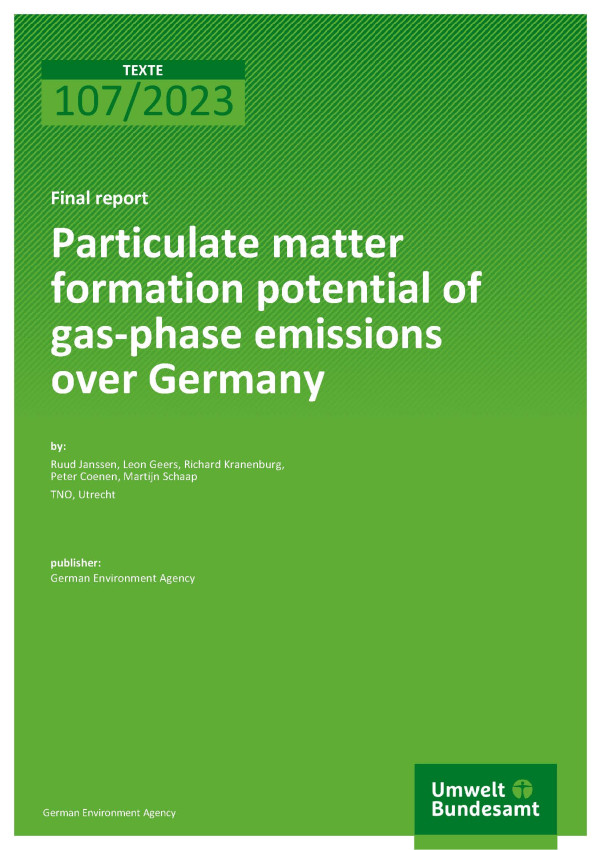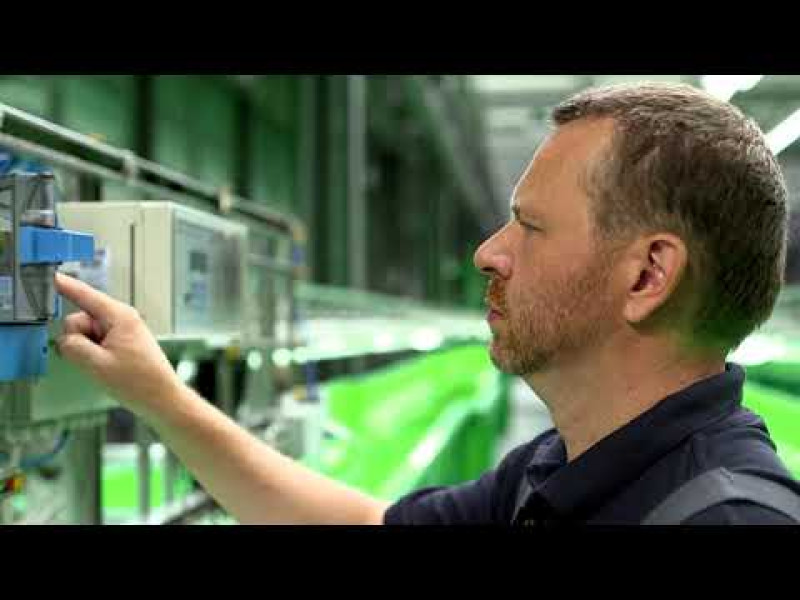Particulate matter (PM) is the air pollutant that is responsible for the highest burden of disease in Germany and other European countries. Therefore, measures are needed to reduce its ambient concentrations. A large proportion of PM is not emitted directly: it is formed from gaseous precursors in the atmosphere. Hence, there is an urgent need to assess the contribution of gaseous emissions (NOX, SO2, NH3 and organic substances) to the concentration of secondary inorganic and organic aerosol particles in the selection of measures. The report derived factors for the PM formation potential of gaseous emissions in order to be able to assess the effect of emission reductions on atmospheric PM pollution and the resulting exposure.
Based on various simulations with the chemical transport model LOTOS-EUROS, the effects of emission reduction scenarios on the formation of particulate matter are shown, taking into account (precursor) emissions and secondary particulate matter.
In addition, the development of a toolkit is documented, which enables the calculation of factors from simulation data and allows the potential for alternative emission reduction scenarios to be estimated without further chemical transport modelling.





